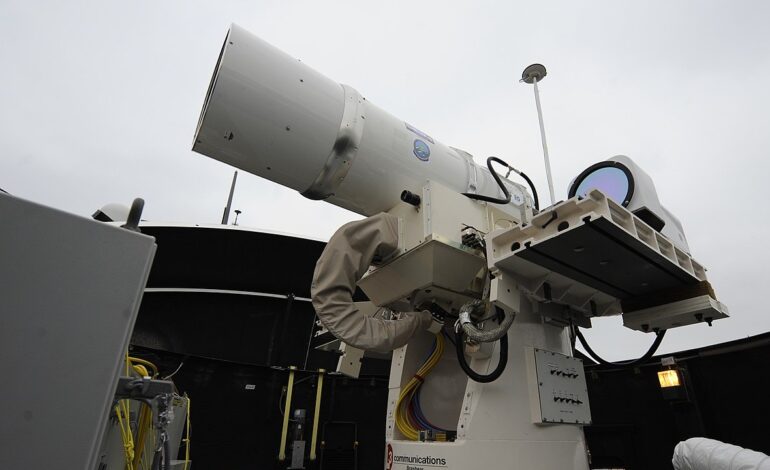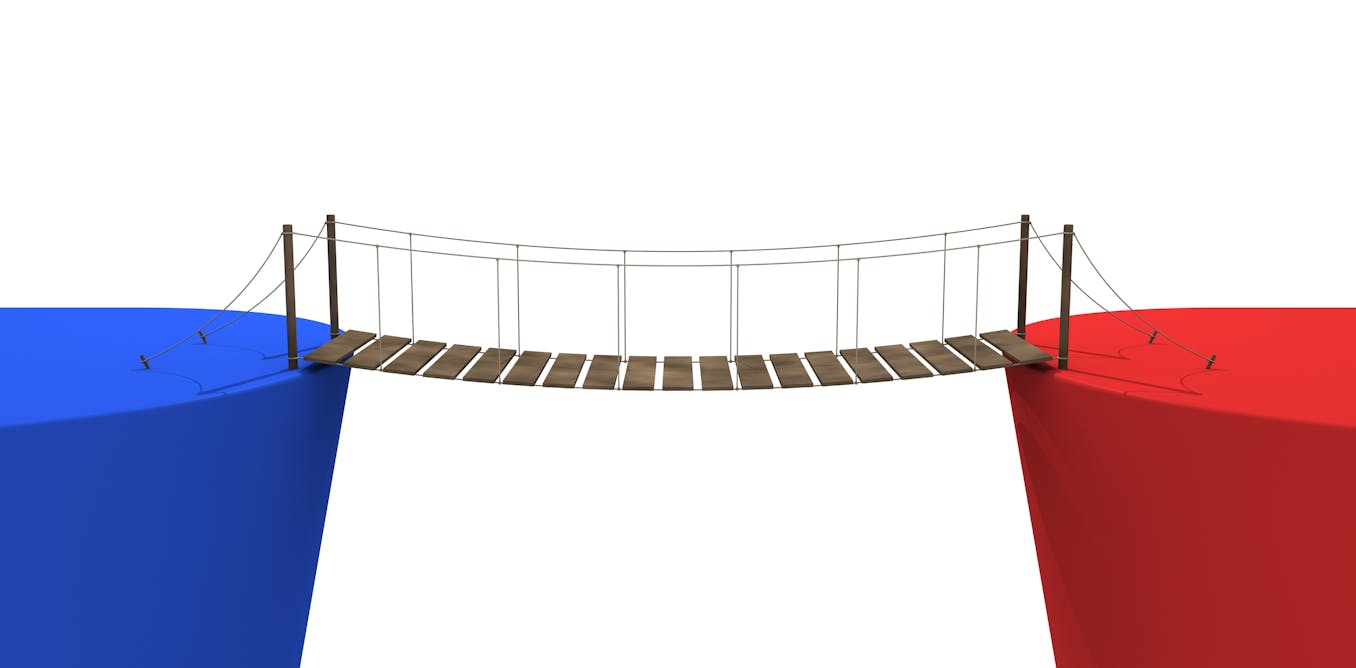US Army’s Directed Energy Weapons Program Faces Major Challenges

The United States Army’s Directed Energy Weapons (DEWs) program is still in the early stages of development, facing significant hurdles before it can be fully operational. This comes as the Army seeks to bolster its air defense capabilities amid growing threats from advanced missile systems and unmanned aerial vehicles (UAVs). The Army’s Directed Energy Maneuver Short-Range Air Defense System (DE M-SHORAD) is a key component of this initiative, yet it has not yet been integrated into the larger Golden Dome missile defense system.
The Golden Dome project, proposed with a budget of $175 billion over three years, aims to provide comprehensive defense against ballistic missiles, cruise missiles, hypersonic missiles, and UAVs. This ambitious initiative is being likened to the Manhattan Project, which rapidly developed atomic bomb technology during World War II. The White House has indicated that it aims to have operational defenses in place by the end of President Donald Trump‘s second term. Defense contractors, including Lockheed Martin, have pledged to demonstrate working systems by next year.
Despite these aggressive timelines, experts caution that the Golden Dome project may encounter substantial difficulties. The industrial capacity of the United States today is not what it was during World War II, creating skepticism about the feasibility of achieving such goals within the proposed timeframe. The persistent threats to American homeland security from missiles and UAVs necessitate the project, but expectations for immediate success must be tempered.
Challenges in Development and Integration
The DE M-SHORAD system is designed to provide tactical, short-range defense capabilities, making it essential for the Golden Dome’s overall effectiveness. However, Army leaders have not yet disclosed how this system will be integrated into the broader defensive framework, which is primarily focused on long-range capabilities. This raises concerns about potential gaps in defense against threats that could penetrate the initial layers of protection.
The emphasis on kinetic-kill systems in the Golden Dome design has drawn criticism. Some experts argue that the project should incorporate enduring high-energy lasers (E-HELs) as part of a more comprehensive strategy. The DE M-SHORAD is aligned with the Army’s broader E-HEL initiative, which aims to enhance directed energy capabilities. Nevertheless, budget constraints and manufacturing challenges have delayed the full funding and deployment of these systems, as highlighted by the Government Accountability Office (GAO).
Future Prospects and Strategic Importance
While the DE M-SHORAD and E-HEL systems represent critical advancements for the U.S. military, they remain in developmental phases. As the Army progresses, it will require sustained political support, oversight, and realistic expectations to ensure these technologies reach operational maturity. The complexity of the undertaking, coupled with the need to meet aggressive timelines, complicates the path forward.
The urgency of the Golden Dome initiative is underscored by the evolving landscape of global threats. The ability to defend against missiles and UAVs is becoming increasingly crucial. Yet, the Army’s focus on developing DEWs must be balanced with a pragmatic approach to ensure that these systems can be effectively integrated into a functioning national defense network.
As the United States navigates these challenges, the journey toward establishing a robust directed energy weapons program will be long and demanding. While the Army is making strides, achieving operational readiness and integrating these systems into the Golden Dome will require patience and strategic foresight. The road ahead remains complex, but the pursuit of advanced defense technologies is essential for maintaining national security in an increasingly volatile world.






